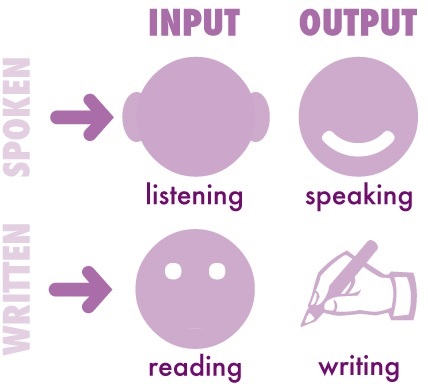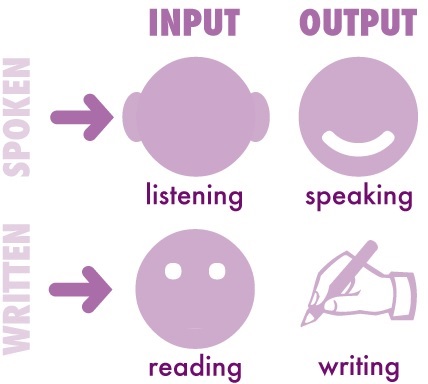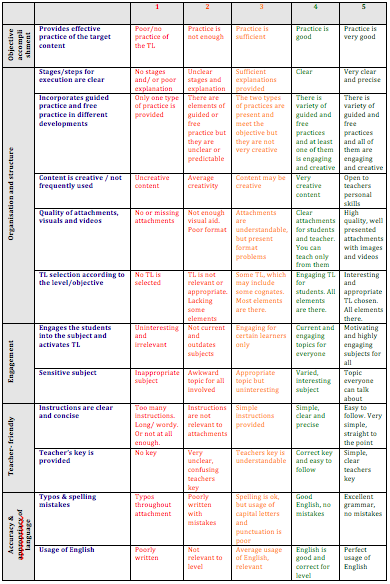
When we present source material for our students – be it a news article, a video that has gone viral or a chart-topping song – the objective afterwards will always to check their comprehension to make sure that they have understood and engaged with the subject matter. This constitutes out of extensive and intensive ESL activities.
Extensive activities in this context refers to quickly looking over content. This can be done either through
skimming or scanning.
Skimming refers to quickly read or listen to information to get the gist of it. Examples include listening to the evening news bulletin, checking the index of a magazine to see which articles you would like to read or leafing through a travel brochure.
This has to do with identifying specific information in the source material. Scanning, therefore, includes looking up a name in a phonebook, glancing over a bus timetable or scrolling through your favourite sports website to get the latest basketball results.
There is an extensive resource base (no pun intended) for both
reading and
listening related to these skills.
Intensive activities include reading the small print in a contract, dotting down the recipe as you´re watching a cooking programme, listening to directions over the phone or following the instructions in a manual.
Valerier Stavey talks about her experience teaching intensive reading classes and how to set it up.
https://youtu.be/Uk81kdFYYNs
Remember that with any input-related activity that:
• It is not important to understand all the words in the source material to get gist of what is being taught.
• Students derive the meaning of words from the source/context.
• Students get the overall understand of the source material as they work through it.
• The intensive and extensive skills are the means, not the end.
The latter point refers to the fact that the objective of language acquisition is not to teach students how to skim/scan for information – this is simply a tool. This is because students have in all probability already mastered this tool in their mother tongue.
In addition, don´t forget that extensive and intensive ESL activities are as diverse as the source material out there. The most important task for you, the teacher, would be to judge which approach is the most applicable by considering the abilities and
types of intelligences that your students show.





